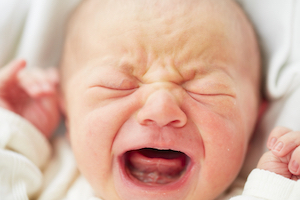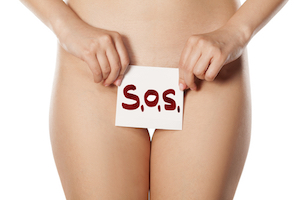Mastitis is an inflammation of the breast caused by either a blocked duct and/or a bacterial infection. It is quite common in breastfeeding mothers, especially in the first few months, but it can happen at any time.

Let’s talk causes, symptoms and treatment…
What causes mastitis?
In breastfeeding women mastitis is usually caused by a build-up of milk in the breast (milk stasis). This can occur when:
- The breast becomes engorged eg missed or infrequent feeds
- Poor drainage of the breast eg finishing a feed too early
- Nipple trauma due to poor attachment eg a tongue-tied baby
- Pressure on the breast eg a tight ill-fitting bra
Symptoms of mastitis?
The breast may feel sore and tender and there may be a red, hot swollen area. You may also have flu-like symptoms, such as feeling hot and cold, achy and run-down.
Treatment – ‘Heat, rest, empty the breast’
If the milk is not flowing, using a warm compress to ‘heat’ the breast can help. Some women prefer a warm bath or shower. You should also massage any lumps towards the nipple. If your breasts are too engorged for the baby to latch, you may need to express some milk prior to feeding.
The most effective way to ‘empty the breast’ is to let baby feed frequently. Varying positions can help drain different parts of the breast. You may need to express after feeds if the breast still feels full or express between feeds for comfort. After feeds you should apply cold compresses to your breast to relieve swelling. Putting cold cabbage leave in your bra isn’t just an old wives tale, it actually works at reducing engorgement.
This is a good time to let family and friends help you ‘rest’ by letting them clean, cook and look after other children. Trying to get sleep, drinking lots of water and eating healthy can help you recover.
Taking both paracetamol and ibuprofen can help with pain and inflammation, ensuring to follow the instructions on the packet. If these methods alone are not working, or you feel really unwell with a temperature, antibioticstore treatment is required. Flucloxacillin is commonly prescribed because mastitis is often caused by staph aureus, a common skin bacteria. If you are allergic to penicillins then erythromycin or another antibiotic may be prescribed. It is important to complete the full course of antibiotics given, even if you are feeling better.
You may feel like you want to stop breastfeeding if the mastitis is very painful. But it is important not to suddenly stop breastfeeding or expressing. If the breast is not emptied, then mastitis can lead to a breast abscess which may need to be surgically drained. It is important to consult your health provider or lactation consultation if you suspect you have mastitis. Once treated, maintaining good general health and making sure the baby is feeding effectively can help prevent mastitis from reoccurring.
Always seek medical advice if you think you may have mastitis. Catching it early is the best possible outcome. Here’s to never suffering it – or recovering quickly if you do! Big hug!
Share your experience with mastitis in the comments below













